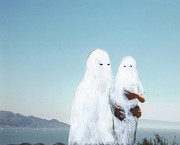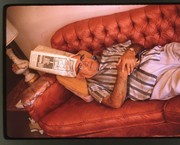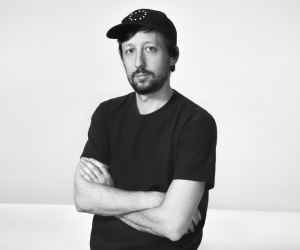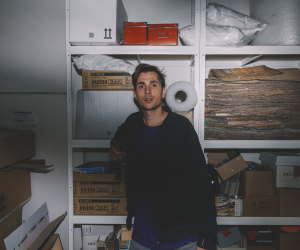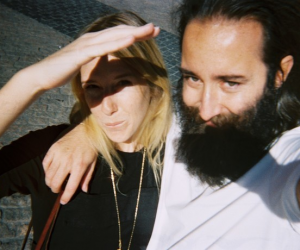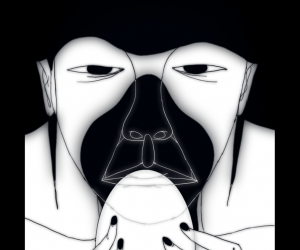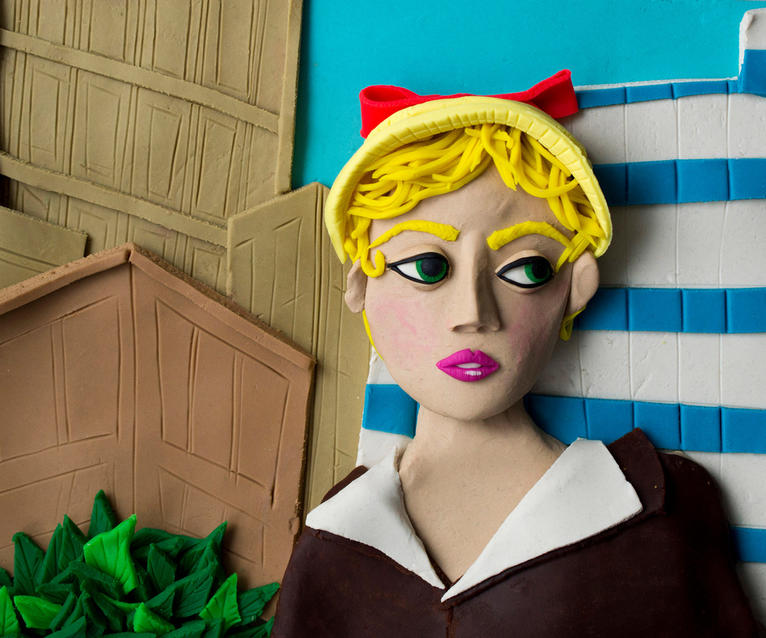
Eleanor Macnair: Photographs Rendered in Play-Doh
Posted by Fabio 8 December 2017
Photographs Rendered in Play-Doh started on a whim in August 2013 following a photo pub quiz run by artists MacDonaldStrand in Brighton. One of the rounds was to make a reproduction of a famous photograph using Play-Doh. It is said that you only need one good idea in life. I didn’t have one so, in the spirit of post-modern re-appropriation, I used theirs.
My tools are amateur. Play-Doh, a chopping board, a scalpel and an empty wine bottle as a rolling pin. The work is accessible, easy and inexpensive to make. The audience is wide and the whole project is a testament to the democracy of the web. Although I have a strong following amongst professional photographers and curators, my blog is viewed by thousands of people all over the world who aren’t involved in photography as far afield as Congo, Mongolia, Bolivia, Kazakhstan, and Iceland.
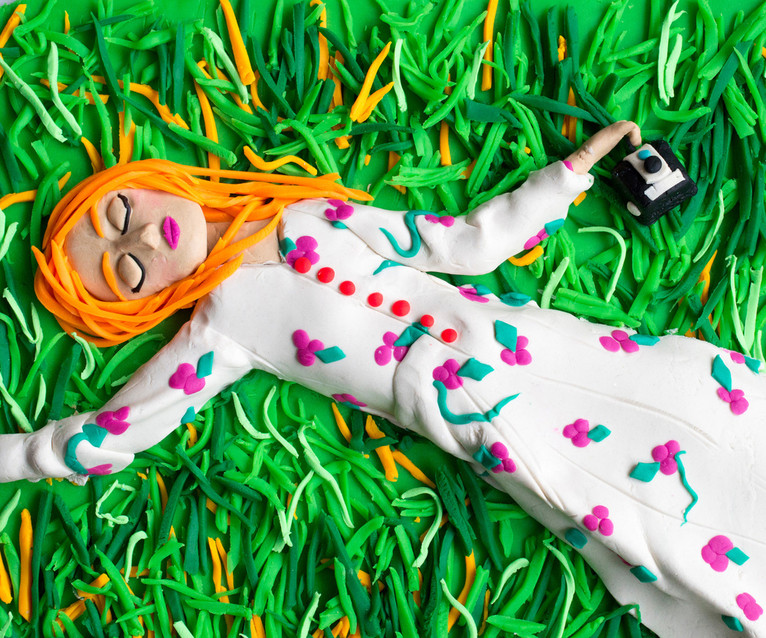
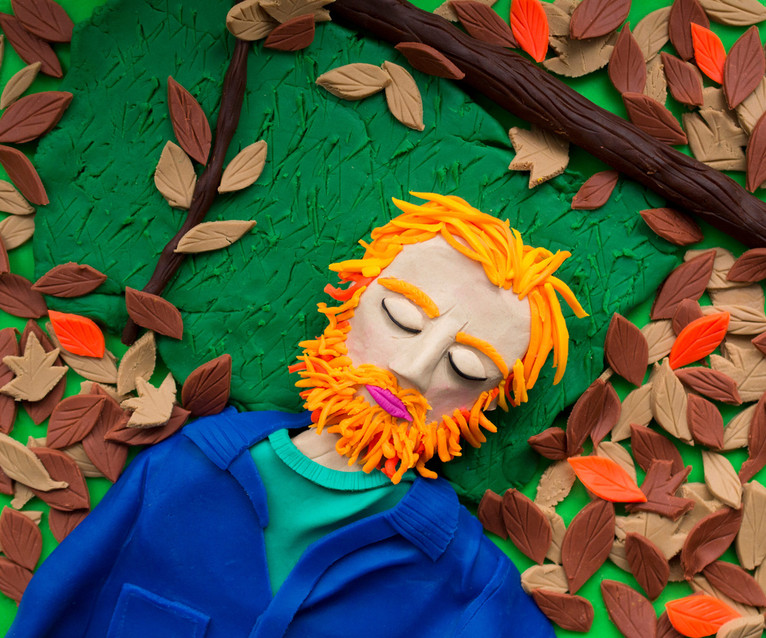 Through the blog and my instagram account I can decide what I want people to view, and I can highlight obscure images by overlooked photographers, or contemporary projects I think are worth seeing. It’s extremely liberating, as I don’t have to justify my choices. I research the images on the internet, reinterpret them in lurid colour, link to the original image, and throw them back into the digital realm.
Through the blog and my instagram account I can decide what I want people to view, and I can highlight obscure images by overlooked photographers, or contemporary projects I think are worth seeing. It’s extremely liberating, as I don’t have to justify my choices. I research the images on the internet, reinterpret them in lurid colour, link to the original image, and throw them back into the digital realm.
This project brings me back to an unpolluted view of photography. We each view hundreds of images a day on phones, computers, on billboards and in newspapers; but we never really look. We scan the information in the image, take what we need and move on. I hope that this project encourages viewers to slow down and to re- engage with familiar works as well as discover the unfamiliar ones.
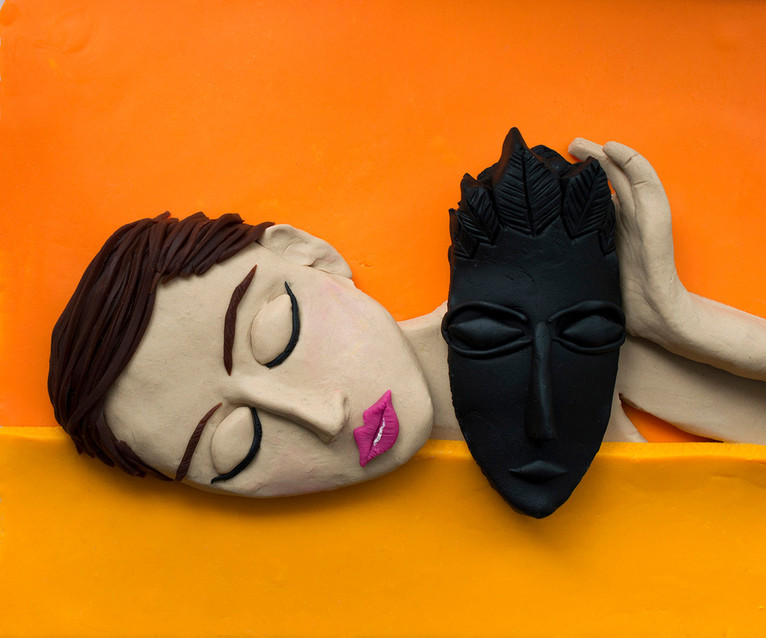
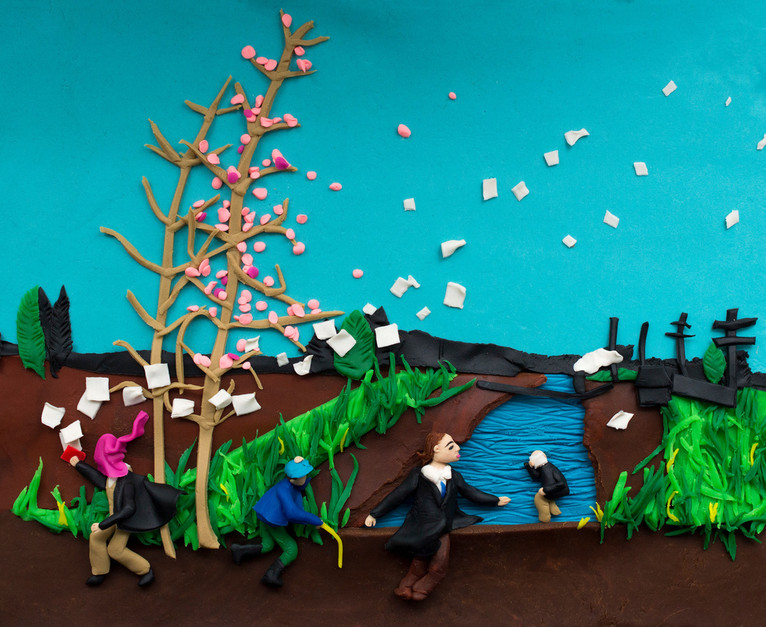
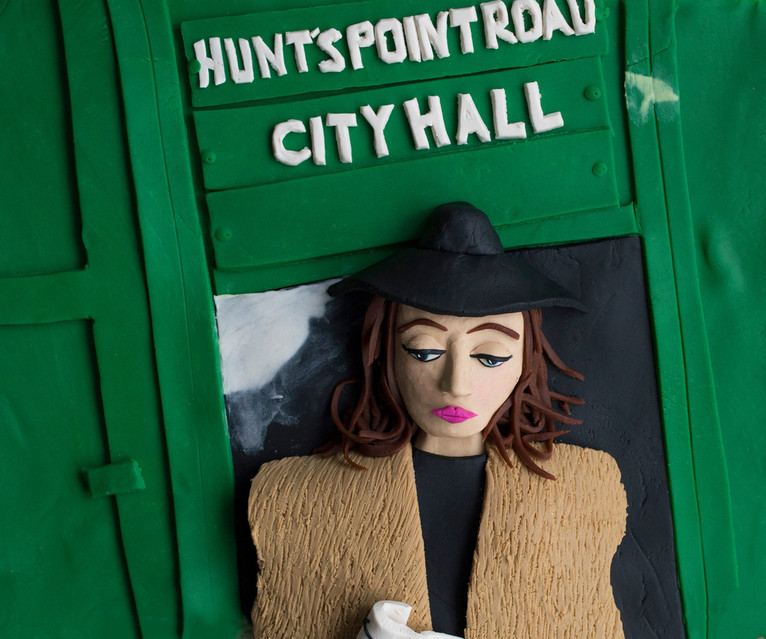 I’ll be the first to admit that the early images in the project aren’t very good but they have got progressively better. I am not an artist and gave up art at school when I was 14. Each photograph I re-make in Play-Doh takes a few hours. This time is spent looking at the image, studying its composition and lighting, and deciding which bits to highlight and which to leave out. It’s a chance to slow down, look and to really examine a picture. On the surface, photographs can condense complex ideas and present them in a straightforward visual language. I take this a step further and pare them down to almost nothing, just form and colour.
I’ll be the first to admit that the early images in the project aren’t very good but they have got progressively better. I am not an artist and gave up art at school when I was 14. Each photograph I re-make in Play-Doh takes a few hours. This time is spent looking at the image, studying its composition and lighting, and deciding which bits to highlight and which to leave out. It’s a chance to slow down, look and to really examine a picture. On the surface, photographs can condense complex ideas and present them in a straightforward visual language. I take this a step further and pare them down to almost nothing, just form and colour.
After I’ve finished a work I shoot it and immediately take it apart, returning the Play-Doh to respective colour pots to re-use. The orange background in the Man Ray became the dead leaves in the Alec Soth, the pocket handkerchief in the Seydou Keita and the hair in the William Eggleston. The works no longer exist, they become ephemeral, and I’m usually the only one who has ever seen them in their 3-dimensional state. The photographs here are all that remain.
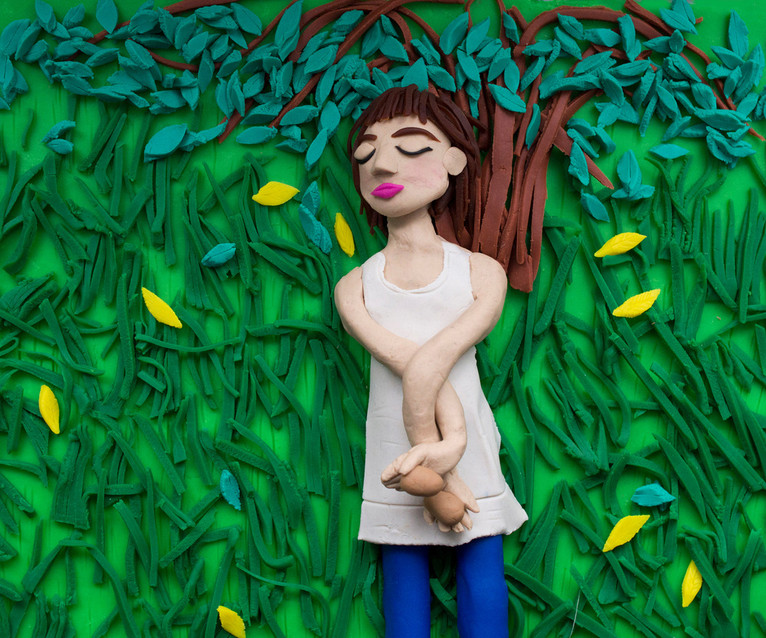
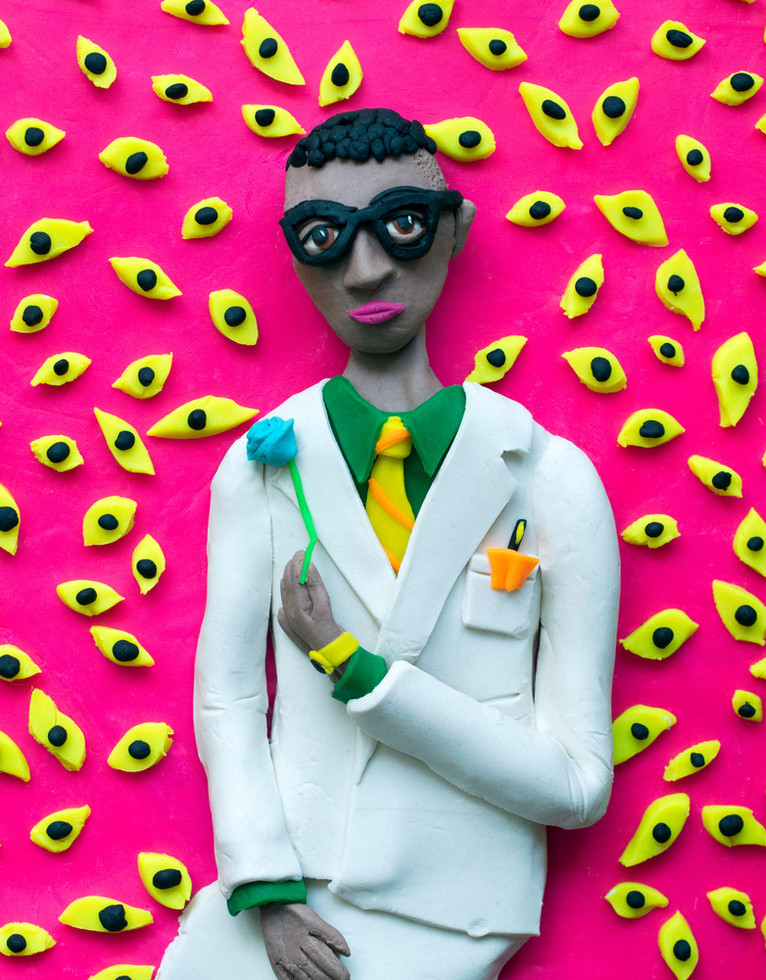

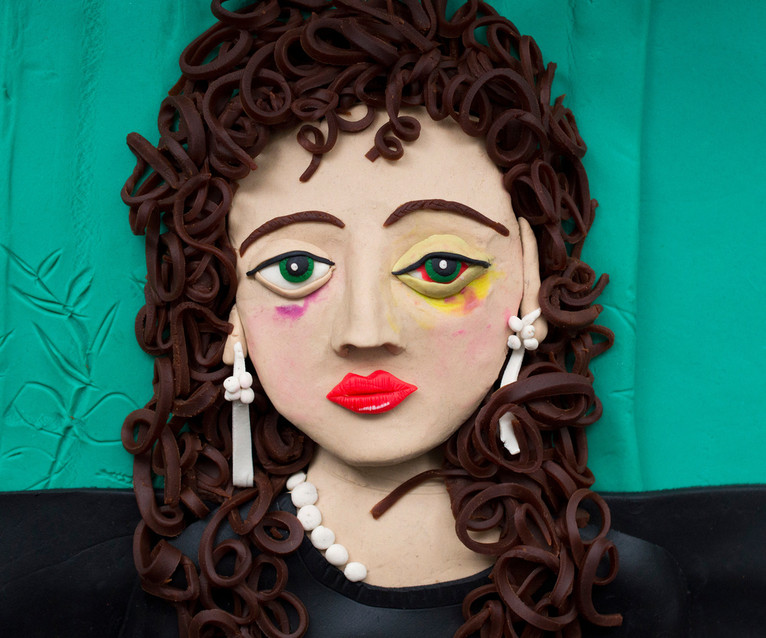 I like the idea of a Chinese whisper through time… from the original subject of the photograph, the photographer’s print, a digital file on the Internet, a Play-Doh model on my table, my digital file on the Internet and now the works on a gallery wall. What is lost and what remains?
I like the idea of a Chinese whisper through time… from the original subject of the photograph, the photographer’s print, a digital file on the Internet, a Play-Doh model on my table, my digital file on the Internet and now the works on a gallery wall. What is lost and what remains?
I never said it was serious. They are what they are. Photographs Rendered in Play-Doh. _Eleanor Macnair

